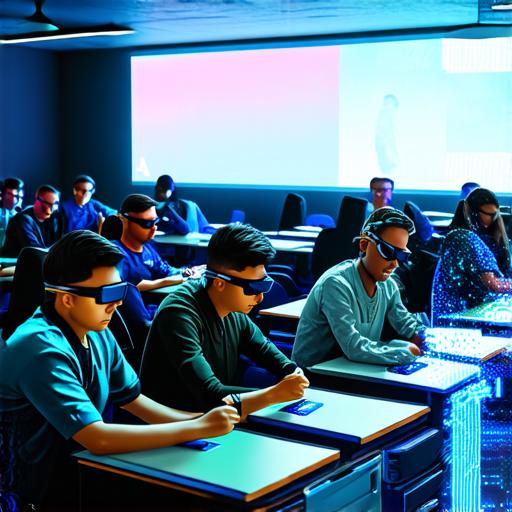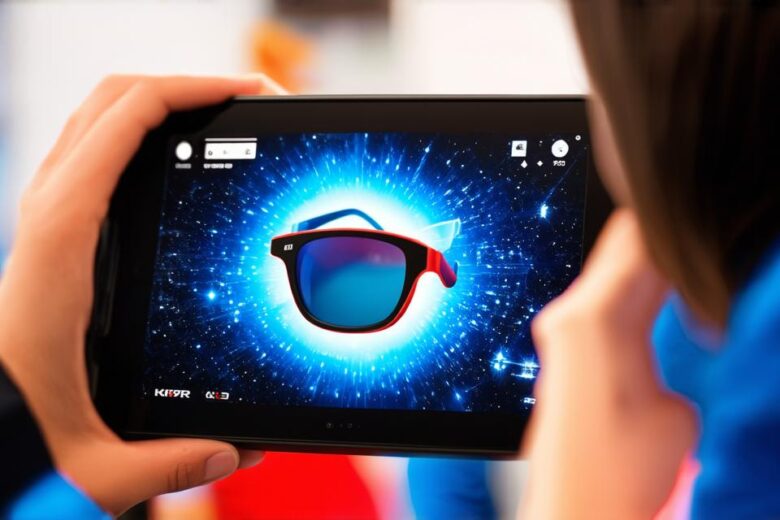In recent years, augmented reality (AR) has become increasingly popular in a variety of industries, including education. AR is a technology that enhances or “augments” the real world by overlaying digital information and graphics onto physical objects or environments.
In educational settings, AR can be used to create interactive and engaging learning experiences that help students better understand complex concepts.
There are several ways that AR can be implemented in education, including:
-
Virtual Field Trips
-
Interactive Textbooks
-
Learning Games
-
Collaborative Learning
1. Virtual Field Trips
One of the most common ways that AR is used in education is through virtual field trips. By using AR headsets or smartphones with AR apps, students can explore different parts of the world from the comfort of their classrooms. For example, a history class could take a virtual trip to ancient Egypt to see the pyramids and learn about the culture and history of the civilization.
2. Interactive Textbooks
AR technology can also be used to create interactive textbooks that allow students to explore concepts in more depth. For example, an AR-enhanced biology textbook could use 3D models and animations to help students understand the structure and function of cells. An AR-enhanced history textbook could use holograms and interactive timelines to help students visualize historical events and understand their significance.
3. Learning Games
AR technology can also be used to create educational games that are both fun and engaging. For example, an AR-enhanced math game could use virtual manipulatives to help students learn about geometry and problem-solving. An AR-enhanced language learning game could use augmented reality characters to help students practice speaking and listening skills in a more interactive and immersive way.
4. Collaborative Learning
AR technology can also be used to facilitate collaborative learning experiences, where students work together on projects and tasks in real time. For example, an AR-enhanced science project could involve students working together to build a virtual model of a solar system, using augmented reality tools to add details and annotations.
To implement AR in educational settings, there are several steps that educators and administrators can take:
-
Choose the Right Technology
-
Develop Content and Curriculum
-
Train Teachers and Students
-
Evaluate and Adapt
1. Choose the Right Technology
There are many different types of AR technology available, including headsets, smartphones, and tablets. When choosing the right technology for your school or classroom, it’s important to consider factors such as cost, ease of use, and compatibility with existing equipment and software.
2. Develop Content and Curriculum

Once you have chosen the right technology, the next step is to develop content and curriculum that incorporates AR. This will require working closely with teachers and subject matter experts to ensure that the AR experiences are aligned with learning objectives and standards.
3. Train Teachers and Students
AR technology can be complex, so it’s important to provide training to both teachers and students to ensure that they are comfortable using the tools and able to integrate them into their learning experiences.
4. Evaluate and Adapt
Finally, it’s important to regularly evaluate the effectiveness of AR in educational settings and make adjustments as needed. This may involve gathering feedback from teachers and students, analyzing data on student performance, and making changes to content and curriculum based on these findings.
